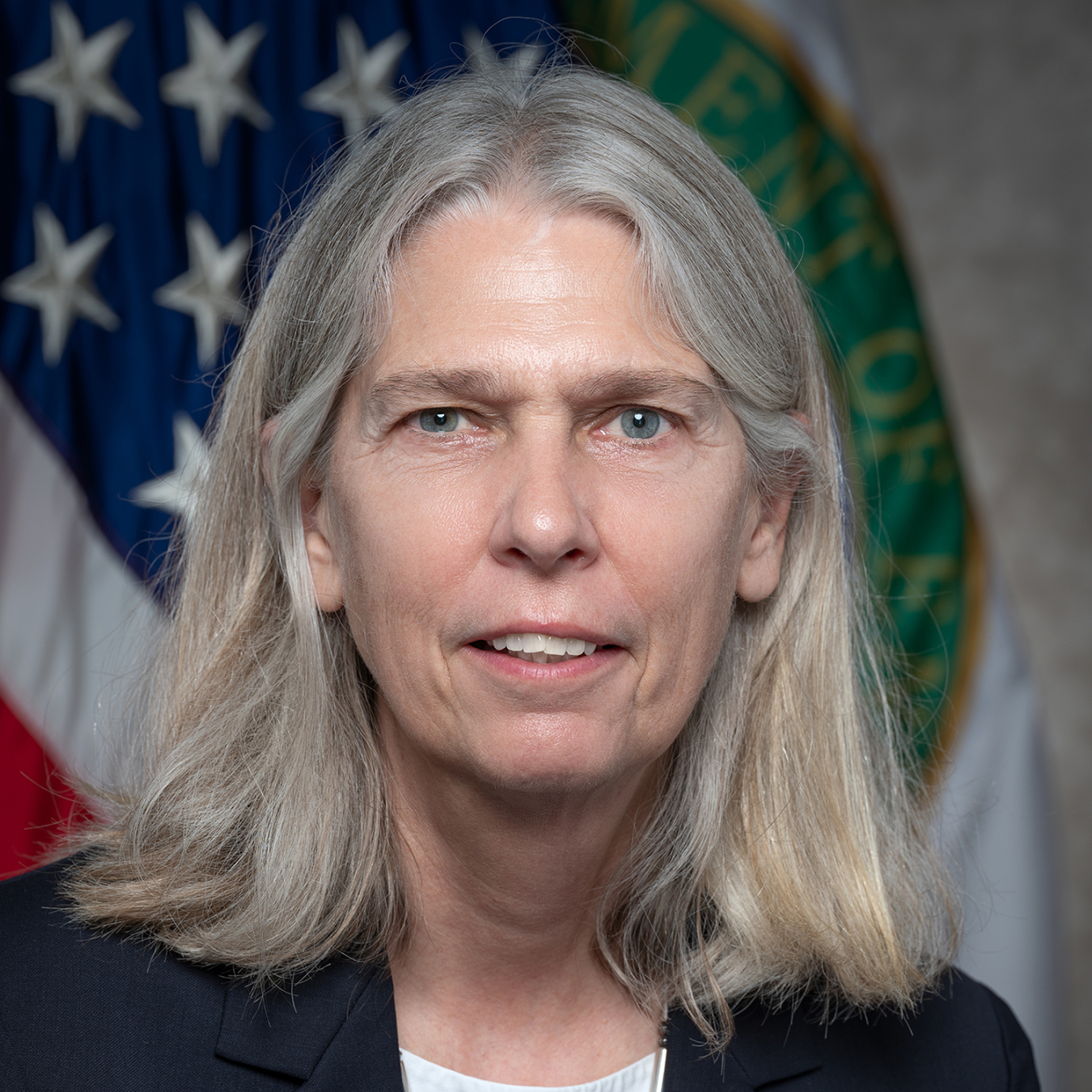The NNSA Administrator reflects on the the final U.S. explosive nuclear test in 1992.
National Nuclear Security Administration
September 23, 2022
NNSA Administrator Jill Hruby
On September 23, 1992, the United States detonated a nuclear device named Divider below the Nevada Test Site. It was the nation’s 1,054th nuclear weapons test since the dawn of the nuclear age was ushered in by the detonation of Trinity several hundred miles away in the New Mexico desert. Less than two weeks later, President George H.W. Bush would sign a bill into law dictating a nine-month moratorium on nuclear explosive tests. At the time, few thought the moratorium would last indefinitely. President Clinton extended the U.S. nuclear testing moratorium and initiated the Stockpile Stewardship Program after signing the Comprehensive Nuclear-Test-Ban-Treaty (CTBT) in 1996. Now, exactly 30 years after Divider, we can see it for what it was, not a mere pause in our nuclear testing efforts but rather the bookend to the nuclear testing age.
In the 30 years since Divider, the United States has demonstrated boundless ingenuity in Stockpile Stewardship. Moving away from nuclear explosive testing has led us to a new age of scientific innovation, with benefits that spread far beyond our nuclear security mission. We have fundamentally shifted from a design-test model to one where we are able to rely on advanced supercomputers with unprecedented computing power running simulations down to the molecular level, backed by subcritical experiments. For example, we now utilize lasers capable of tracking materials imploding at over 10,000 miles per hour or simulating the condition of matter at pressures three times larger than those at the center of the earth. In many ways, we have a greater understanding of our weapons today than when we conducted explosive testing, all while launching a new era of scientific discovery and modeling capability. We have readied ourselves for an ever-more technologically integrated and rapidly changing world.
Not returning to nuclear explosive testing has also allowed the United States to remain a leader in international nonproliferation efforts. Maintaining the international norm against nuclear explosive testing remains in the United States’ and the world’s interest. Refraining from nuclear explosive testing is a key protection against both proliferation and unnecessary escalation.
A vital element in maintaining that norm is the CTBT and its verification. The United States supports the CTBT while recognizing the significant challenges to its entry into force. The global nuclear explosion monitoring and detection system the CTBT introduced has been effective in detecting tests that have occurred since its development. Data collected by the International Monitoring System is also being applied to a wide range of civil and scientific uses, including providing critical information on nuclear accidents such as Fukushima, meteorological studies and climate change research, and tsunami warnings and earthquake hazard estimations.
Over the past thirty years, we have not only been able to continuously verify the safety, security, and effectiveness of our nuclear weapons stockpile, we have demonstrated to ourselves and the world that nuclear explosive testing is no longer necessary. We will continue to work with the international community on preventing the spread of nuclear weapons and promoting the safe and peaceful use of nuclear technology. The United States continues to observe its zero-yield nuclear explosive testing moratorium, and calls on all states possessing nuclear weapons to declare or maintain such a moratorium. We look forward to a world where no nuclear explosive testing takes place and acknowledging the 40th, 50th, and, someday, centennial anniversaries of Divider.

